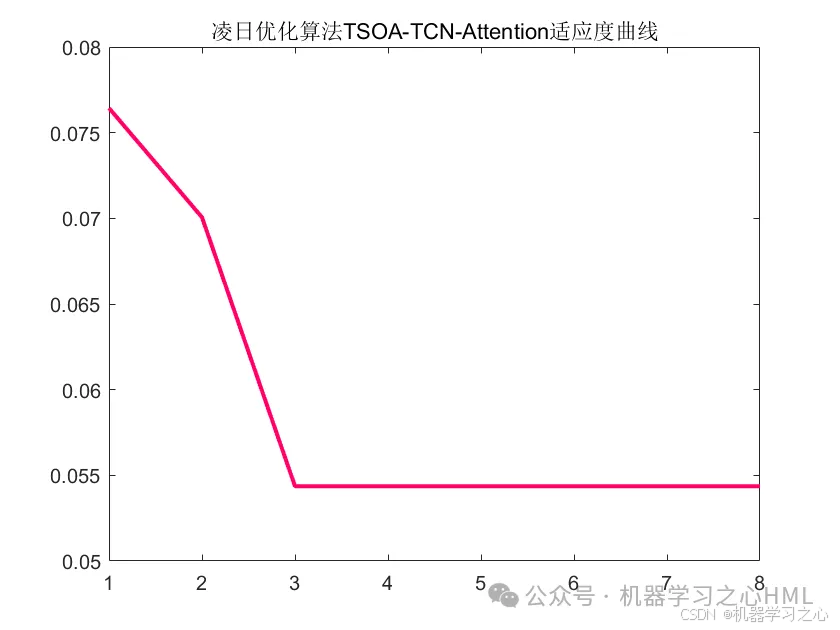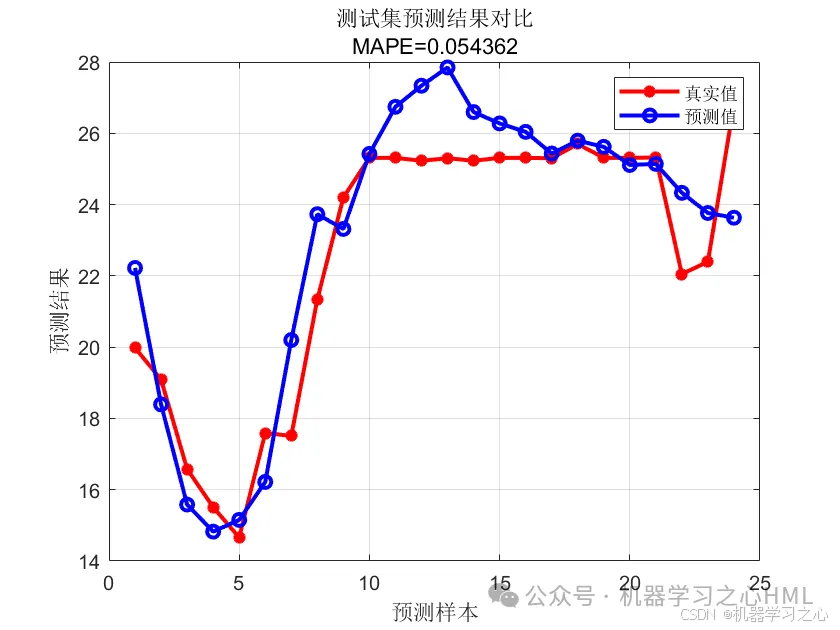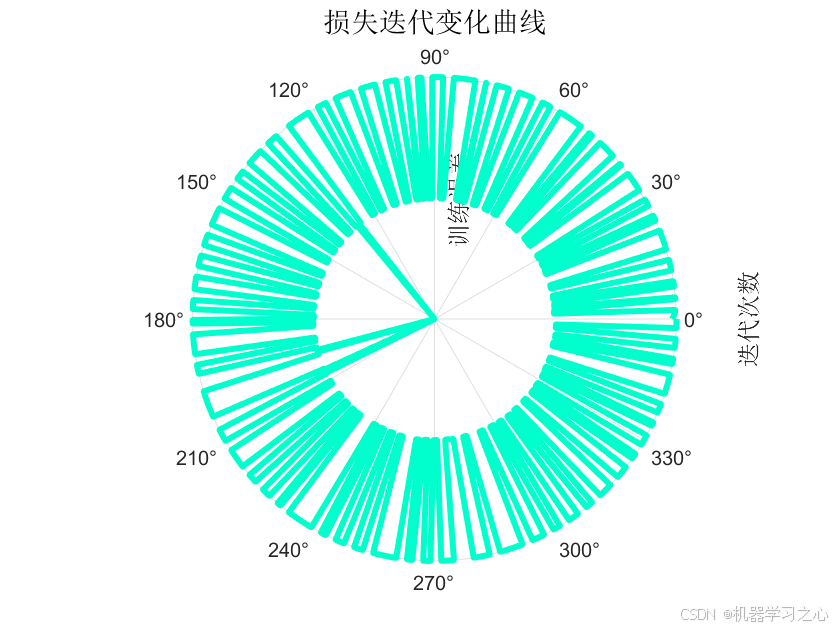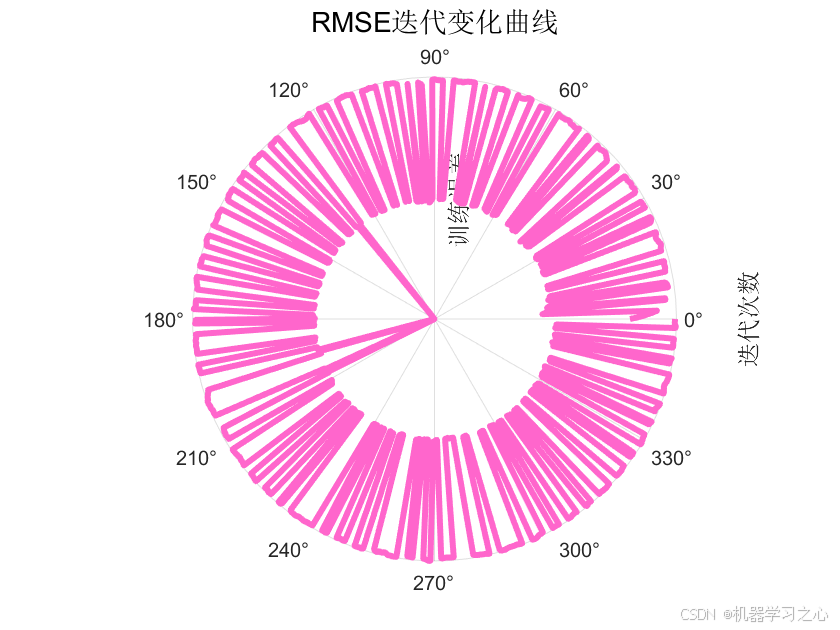目录
- 效果一览
- 基本介绍
- 程序设计
效果一览




基本介绍
电价预测 | TSOA-TCN-Attention凌日算法优化时序卷积神经网络电价预测
电价预测需求:随着能源市场的开放和电力交易的增加,准确的电价预测对于市场参与者的决策至关重要。而时序数据中的规律和趋势对于电价预测具有重要意义。
时序数据特点:电价数据具有明显的季节性、周期性和趋势性,传统的模型如ARIMA、LSTM等在处理这种时序数据时可能存在一些局限性。
模型构建:搭建TCN模型,通常包括卷积层、残差连接、激活函数等组件,以捕捉时序数据中的长期依赖关系。
超参数调优:调整TCN模型的超参数,如学习率, 卷积核大小, 卷积核数量等,以提高模型的性能和泛化能力。
模型训练:使用历史的电价数据训练TCN模型,采用损失函数进行优化。
模型评估:使用测试集验证模型的性能。
结果分析:对预测结果进行解释和分析,探讨模型的优化空间。
程序设计
- 完整源码和数据私信博主回复TSOA-TCN-Attention凌日算法优化时序卷积神经网络电价预测(Matlab)





















 196
196

 被折叠的 条评论
为什么被折叠?
被折叠的 条评论
为什么被折叠?








